|
Coming face to face with one of human-kinds closest primate relatives is an experience I will always treasure. Gorillas and humans share 97% of their DNA and when in the presence of our furry cousins this fact suddenly becomes glaringly obvious. From the way they lovingly stroke their young as they sleep, to their human-like hands and fingernails, these primates truly are a fascinating example of human evolution. Currently there are only three places in the world where Mountain Gorillas exist - Uganda, Rwanda and Democratic Republic of the Congo. According to the last census in 2011, there are approximately 880 Mountain Gorillas in the wild with around half of these calling Bwindi Impenetrable National Park in South-Western Uganda, home. This number showed an increase from the previous census, suggesting a small win for this critically endangered species. Tracking Mountain Gorillas was something I was originally hesitant to do. For starters the permits are $650 USD in the high season and $350 USD in the low making it an incredibly expensive one-day experience before you even begin to factor in transport, accommodation and other expenses along the way! Secondly, with the species listed as critically endangered, I wanted to be certain that increased tourism and the habituation of the gorilla family groups is not having a negative affect on the animals and the survival of their species as a whole. We had to secure our permits well in advance so, while choosing to ignore the fact that the low season prices meant you could be trekking for 12 hours in the rain, we snapped up the opportunity and booked our trek prior to our arrival in Uganda. Once the permits were booked it was time to sit back and eagerly await the extraordinary day. It took us two days to make the journey from Kampala, the capital of Uganda to the small rural town of Kisoro, and then on to our accommodation at Bwindi Backpackers Lodge. Getting to Kisoro was easy enough, but being the low season, our only option for the final 20km stretch was to hire a private driver. What we didn’t know was that the final 20km drive was on a pothole riddled, steep and slippery dirt road, edged by sheer cliffs! The drive was terrifying to say the least. Our driver punctured a tyre in the first 3km out of town before proceeding to get the car (yes car, NOT a 4wd as we had been promised!) bogged on a muddy cliff-edge during pouring rain. Ten minutes of spinning tyres which ended with Wade and I showered in mud as we pushed the car out of the monstrous hole our driver had created, and we were back on the road. When we finally arrived at our lodge after a 2 hour, 20km drive, we barely recognized the car with it’s bumper bar hanging off the back and mud spray covering every panel! Needless to say, arriving at the remote, incredibly beautiful and yet modest Bwindi Backpackers Lodge was a much-anticipated moment. Upon our arrival at Bwindi, I had plenty of questions and luckily the owner/manager Seith at Bwindi Backpackers Lodge was willing to answer all of them. Seith, like many in the tourism industry in this area of Uganda, believes that habituating the gorillas to human presence and tracking their family groups with the trained Park Rangers causes no harm to the animals. He also believes that without tourists tracking the gorillas and seeing them first hand, their fight for survival would be less public and therefore less “important” to the general population. Unfortunately, finding the right people to answer these questions can be a very difficult task and getting clear black and white answers to sensitive and opinionated topics such as this, is virtually impossible. After some thought, I personally couldn't see how the tracking itself would negatively affect the gorillas however I was curious to see how "habituating" them would affect their behavior and interaction with each other in our presence. After a restful night sleep our big day started at 6:30am when, after a nourishing breakfast, we were driven to the National Park office for the Nkuringo Gorilla group. Various Gorilla family groups live throughout the National Park and depending on where you stay and the purpose of your visit (ie. Tourism or research) different family groups are tracked from different towns and starting points. After a short briefing, we began the steep and slippery hike through tiny villages where crops were planted on gravity defying slopes. Given that we had purchased our permits for half the price due to visiting in the rainy season we couldn't believe our luck when we had to stop to apply sunscreen on this beautiful clear, sunny day. Photo: The terrain went from hilly and steep farmland (left) to rugged and impenetrable (right) within the first hour of walking We were grateful for our walking sticks as every step required thought and planning to avoid sliding straight down the muddy mountain. Every now and then we took a break when our guide would radio through to the trackers who were an hour ahead of us, to see their progress in tracking the Gorillas. Wade's nerves were running high as we knew that if the Gorillas hadn't been found by 3pm, it was the guides responsibility to call the trek off and return to the office before dark. We didn't know at the time, but in our guide's 3 years at Bwindi National Park and thanks to the well-trained and knowledgable trackers, he has succeeded every time in getting his groups to the Gorillas! After a short break, we were back on our feet, tip toeing our way towards the National Park boundary. Two years ago, the National Parks authority decided to make a buffer zone between the National Park and the nearby villages by selling a 100m wide strip of land to an investor who now plants tea along the boundary. The purpose of this buffer zone was mainly to prevent the Gorillas from coming out into the open and leaving the National Park but also to clearly mark the boundary so that rangers can more easily monitor poachers or any unauthorized people from entering the National Park. Photo: Our awesome guides and National Park rangers walking through the tea tree plantations, with the edge of the thick jungle and home to the Gorillas in the distance Reaching this buffer zone was our goal as once we were there, it was just a matter of knowing when to start hacking our way into the thick, virtually Impenetrable jungle, towards the Nkuringo Gorilla group. The tea plantation also provided some respite for our weary knees and squashed toes as we were now in the valley where we could walk along a defined path and pick up our pace as anticipation of our target surmounted. After trekking for three hours we had arrived at the Gorillas "nest" from the previous night. Being that their main activity during the day is eating, Gorillas usually move every morning to find new food during the day before resting in the afternoon then possibly moving again and settling into an area around dusk. The highly skilled trackers begin their pursuit each morning wherever they left the Gorillas the previous afternoon. Usually within a few hours they are able to find the "nest" and from there the Gorillas can be anywhere inside a 1-3km radius depending on food availability, weather and the presence of other Gorilla groups. Seeing the nest renewed our motivation and hearing over the radio that the trackers had actually located the Gorillas was the news we had been waiting for all day! Photo: The final dash down the mountainside before being greeted by the "Impenetrable" jungle We had two more slippery slopes to conquer and there we were. Standing at the edge of thick rain-forested jungle, we could barely see the path that the trackers had carved out with their machetes. After a short food and drink break the moment had arrived. We were now just a brief walk from where the Gorillas were spending their afternoon, lazing about in the shade of the jungle. A deep growl echoed around us and my heart started pounding. Wade and I exchanged excited glances and had our cameras at the ready. The trackers continued, completely unfazed by the now irrefutable presence of these enormous primates. Our path took an unexpected turn and as the tracker put a finger to his lips to silence us, we noticed that barely 3 meters from where we had just walked, was the dominant male silverback. We had unknowingly just waltzed straight past him as he sat amongst a thick tangle of vines, munching contently on a bunch of leaves. Against all instinct, the tracker encouraged us to turn our backs on the large leader of the group and as we did, we realized we were actually amongst the entire Nkuringo Gorilla family! Two young offspring played jovially in the trees above us while an adolescent male yawned and rolled over, clearly undisturbed by our presence. Towards the back of the small clearing, a mother held her 2 month old baby in her lap, stroking it's head as he slept in her arms. I was down on one knee trying to capture a photo of the baby Gorilla when I heard everyone moving behind me. Wade whispered my name, first once then a second time with a definite tone of urgency. I stood up frustrated that I was interrupted, when I turned to see the enormous 230kg Silverback making his way towards the rest of his family. Suddenly there I was in between him and them. Photo: As I ducked behind Wade, I managed to snap this photo of the silverback waltzing past right where I had been sitting! Forgetting everything we'd been told about keeping calm, I jumped behind Wade and took cover as the Silverback cruised past on all fours seemingly unfazed by us, but all the time, very well aware of our presence. Between photos, we watched as the Gorillas took their afternoon siesta. One of the young almost fell from a tree during playtime and was swept up into his mothers arms as she wandered off deeper into the jungle, clearly cautious and protective of her juvenile son. Simple behavior such as this was the only real sign that perhaps we were disturbing the Gorillas by our presence. We were left with three adults, the silverback and the youngest baby for the remaining half hour of our one hour time limit. When the rain began pouring down, we quickly sheltered our cameras and locked them into our waterproof bag. In one way it was a blessing in disguise as we stopped frantically shooting through lenses and instead just took the time to admire and observe these magnificent creatures. As our time was coming to an end, the rain ironically eased. We reached once again for our cameras and our guide obliged us with an extra 10 minutes to take our final photos. Walking away was difficult, but knowing the importance of these strict time limits for the protection of the Gorillas, we slowly eased away, still buzzing from the entire experience. Once back in the tea plantation, all Wade and I wanted to do was sit on a log and scan through our photos reliving the incredible hour we had just shared in the presence of mountain gorillas. However, we only had a short break before our slave driver guides had us back up and trudging through wet and slippery mud to begin working our way out of the impenetrable forest we had just worked so hard to get into! It took us a tough two hours to climb out of the valley and the weather was doing its best to hamper our efforts with a constant drizzle of rain on our soaked and tired bodies. Before long, our excited chatter had dropped off and we walked heads down for the last hour, before realizing we were back amongst villages and slowly nearing our collection point. While I didn't want the experience to end, we were both absolutely soaked through and desperately wanted to be back in the comfort of our lodge where I was hoping a warm shower would be waiting. No sooner had I imagined it than the fantastic staff at Bwindi Backpackers had the fire going in preparation for our return, to heat the water for our showers! While the two of us were limping around gingerly on tender feet, we were also dying to share our experience with others at the lodge. Photo: (left) Our feet were disgustingly swollen and sore from begin jammed in wet shoes for 8 hours of hiking!; (right) Our guide insisted on getting this cheesy photo with our certificates... in case our faces don't already say enough, the certificates weren't our top priority after such an incredible experience! But that was going to have to wait! Outside our room on the beautiful lawns overlooking the valley, was a group of local children ready to perform a few songs and dances for us, the guests of the lodge. Seith, the owner of Bwindi Backpackers, supports the local community and village by providing them with school supplies and other resources in order to give back to the community that his family has been a part of for over forty years. Although my body ached from the trek and my poor feet were still swollen from walking in wet shoes for 8 hours, this was no excuse to not share a dance with these awesome kids! I danced away like an uncoordinated white girl, while these tiny children with all the rhythm of professional dancers, ran rings around me, clapping, singing and beating drums in perfect rhythm. We said goodnight to the children as the sun set behind the lodge, and they began the forty minute walk back to their homes, in the dark. It made my whinging about a trek I'd chosen to do seem very pathetic! Photo: The kids from the surrounding villages performed dances and sang for us until sunset That night the lodge was filled with the excited chatter of children - only it was actually coming from grown adults! Something about this rare and unique experience gives even the most hardened adults an exhilarating buzz.
I am still in doubt as to whether habituating these wild gorillas is essentially changing them and in some ways "taming" them, therefore making them a bigger target for poachers. However, I also believe that experiences such as this, provides a small amount of money for the protection of the species but more importantly provides the education for the public to understand the importance of the conservation of our furry cousins long into the future. All in all, tracking the mountain gorillas of Bwindi Impenetrable National Park was not just an experience I enjoyed at the time, it is a memory I will treasure forever. Knowing the dangers that these primates face due to poaching, deforestation and political unrest made our encounter all the more meaningful. And seeing the life and love in their deep brown eyes, made our day truly unforgettable.
7 Comments
|
AuthorEnthusiastic but Useless Traveler. Archives
July 2016
Categories
All
|
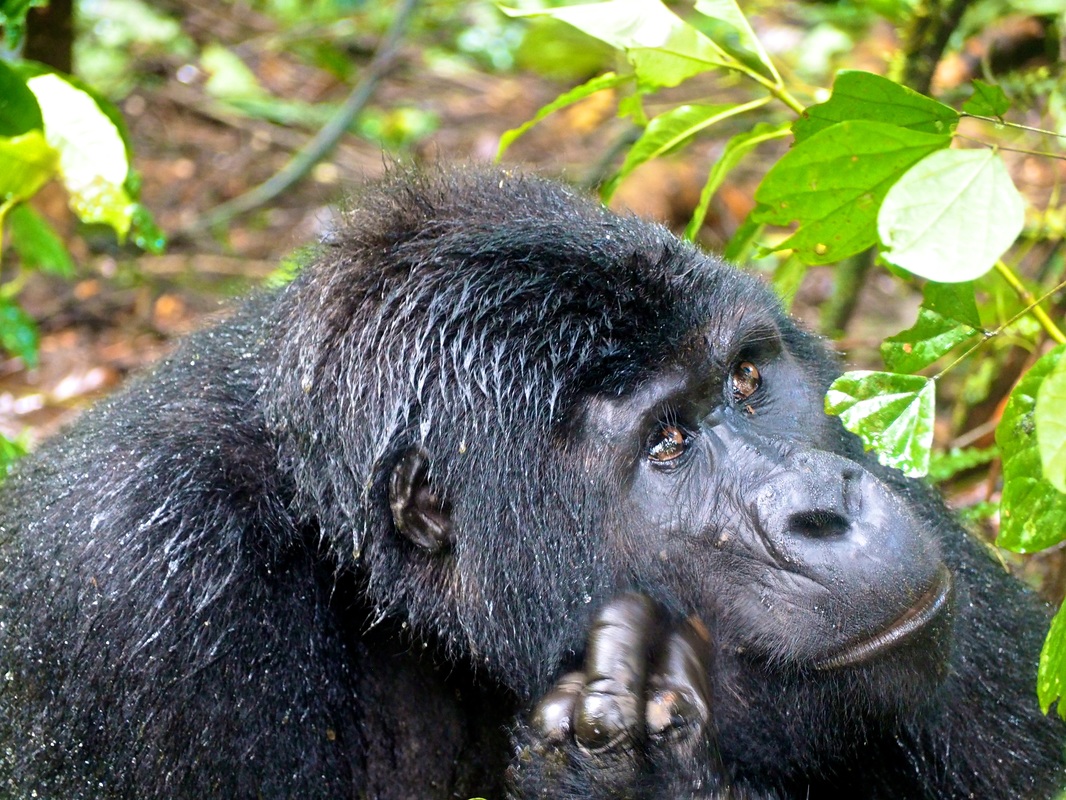

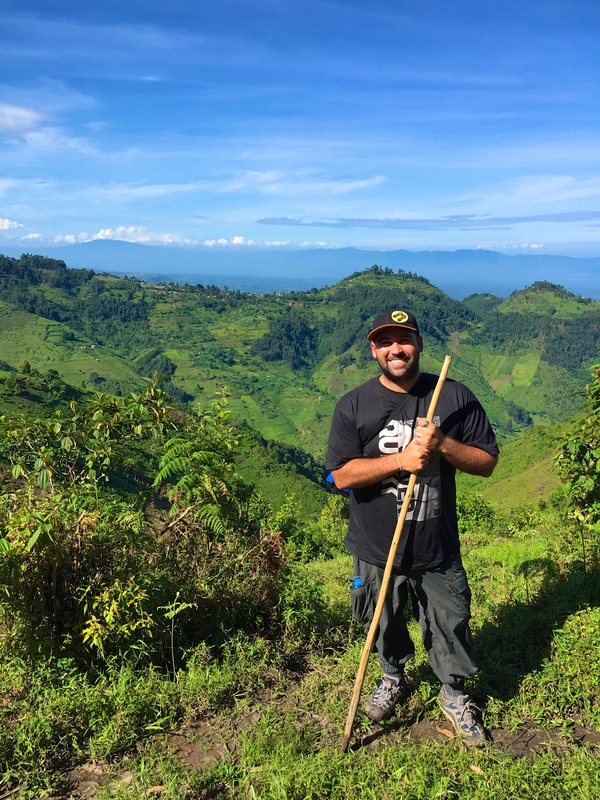

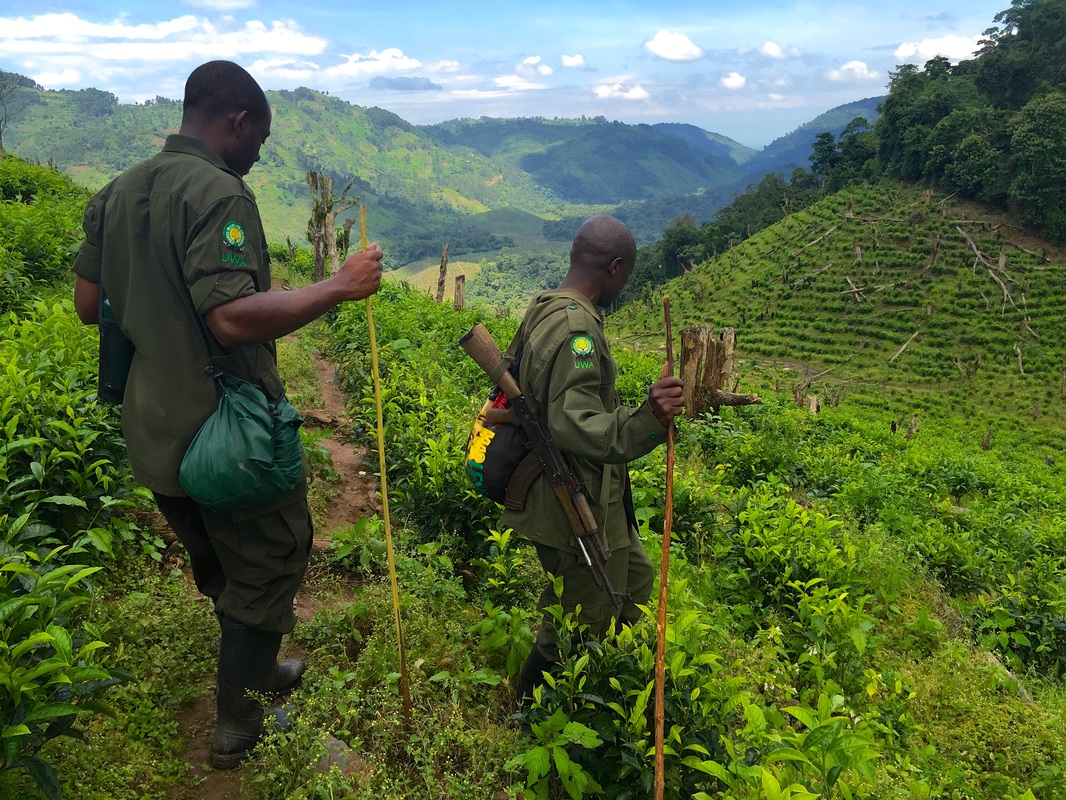
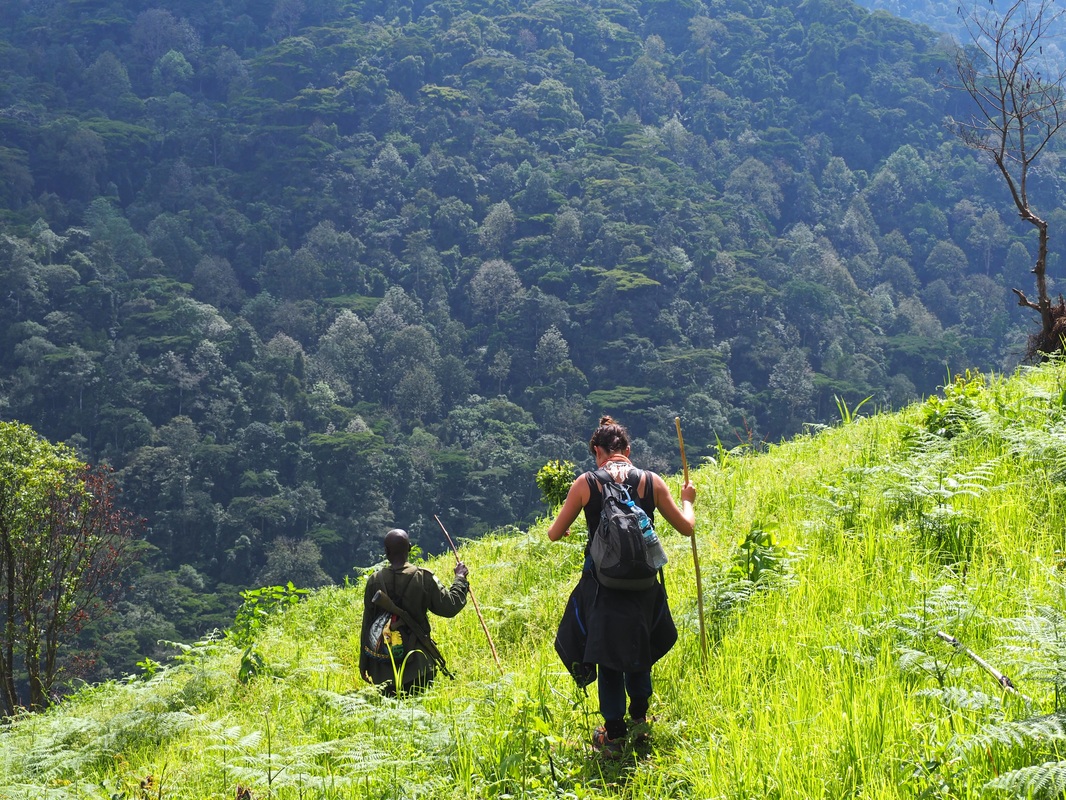
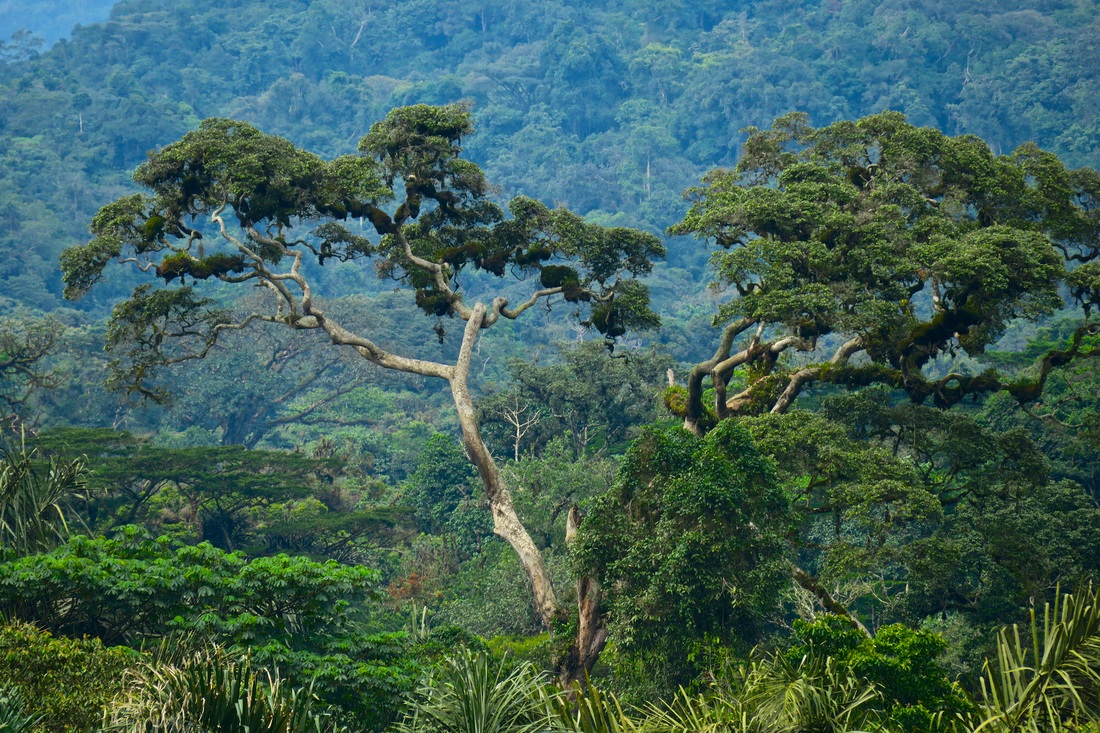
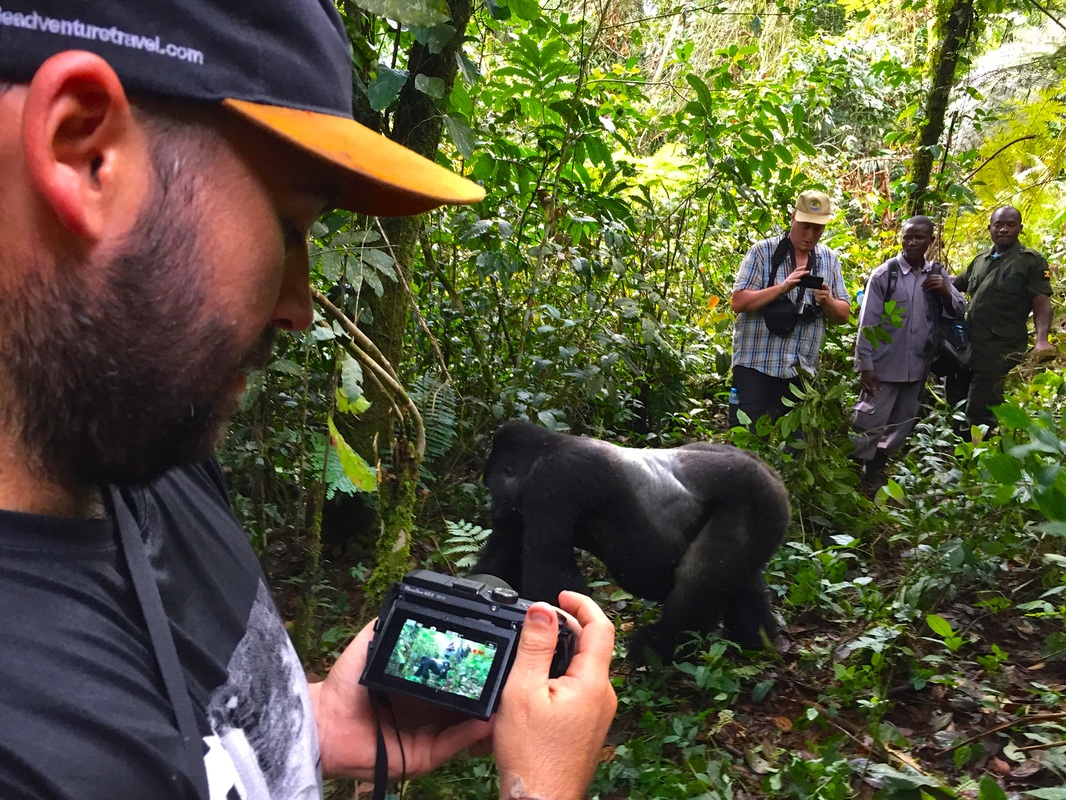
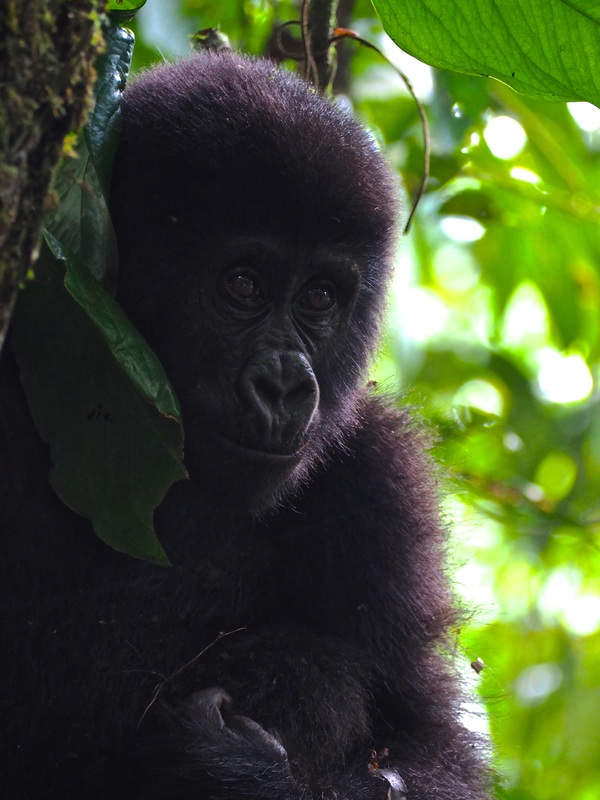

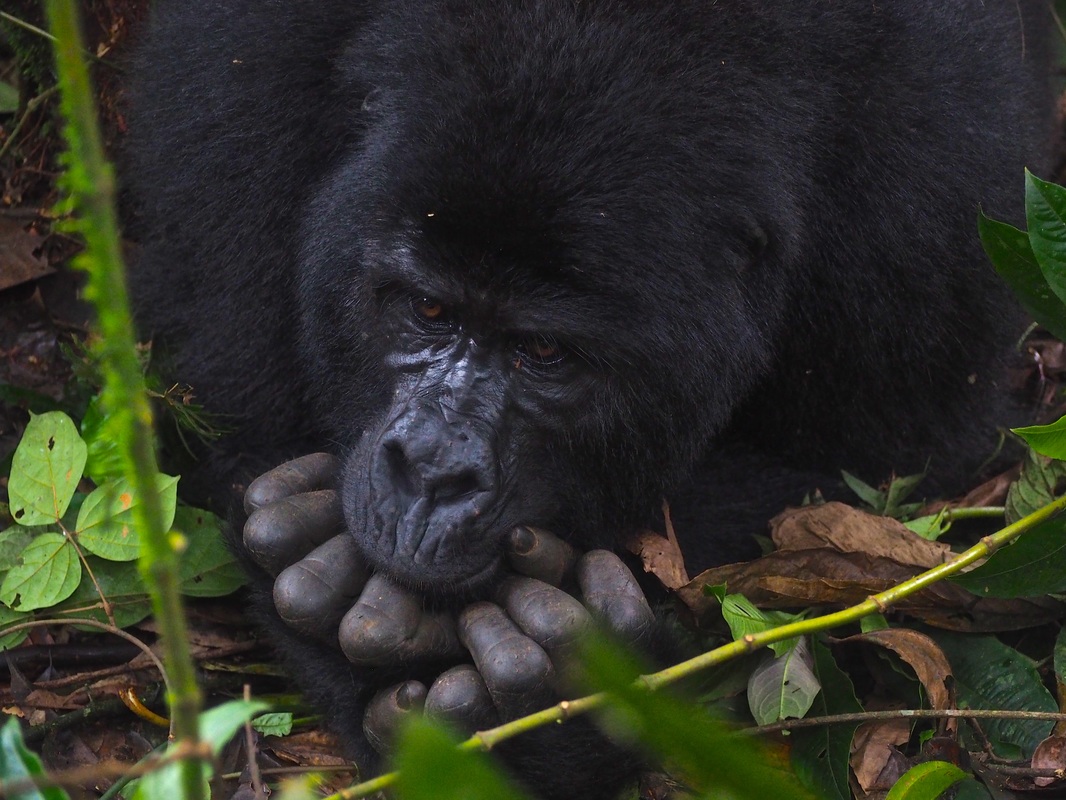



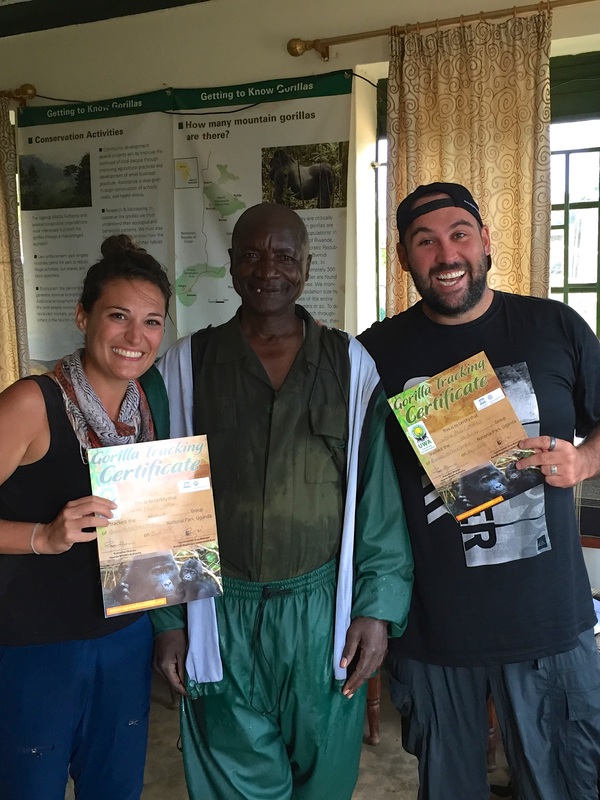


 RSS Feed
RSS Feed